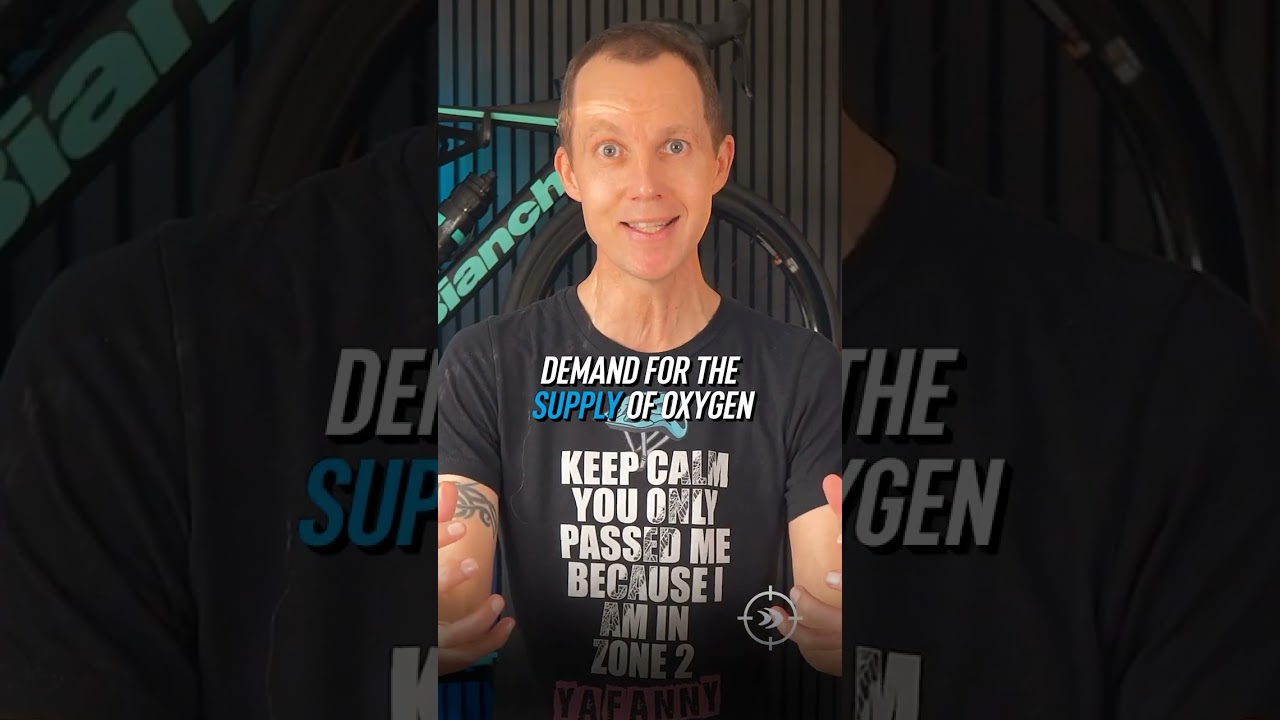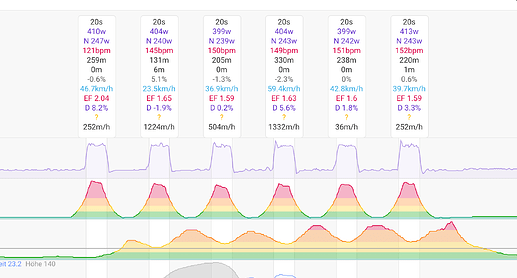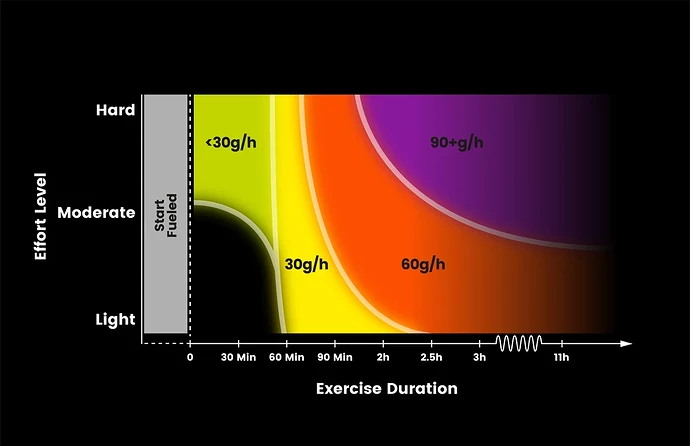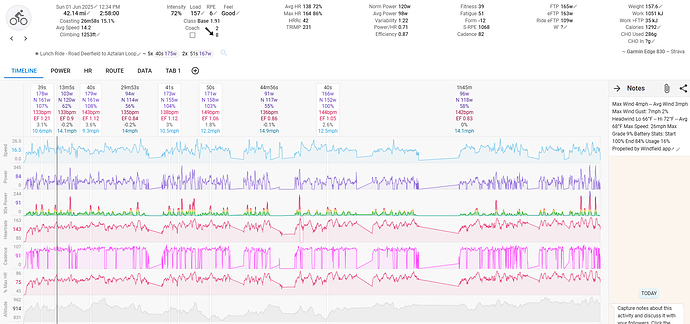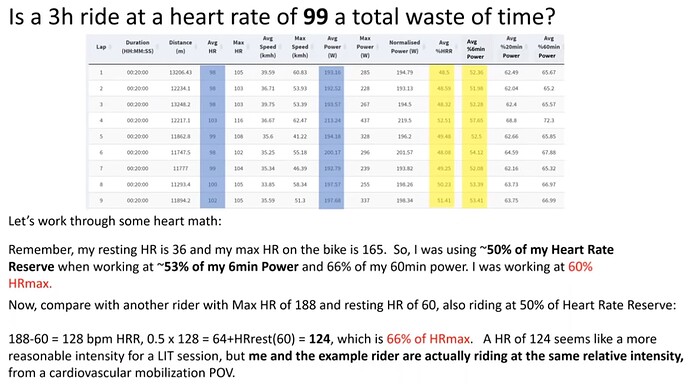We’ve had previous discussions on the forum about 4x4 / 4x8 / 4x16 type Seiler training blocks and the polarized model, but recent discussions were related to Ironman training or in regard to AI and cycling. I also found an old one related to Coach Jack plans.
I’m not interested in either Ironman/AI and am interested in my own workouts than a plan so I thought it may be more interesting to just talk about polarized training or workouts in general.
I’m a fan of 1 quality interval session per week and a long ride (2-4 hrs) with the rest being zone 2 style endurance riding.
I’ve tried sweet spot/tempo type training in the past and ended up getting unmotivated. I’m not sure how well polarized training will work, but have been interested to give it a shot. This spring/summer I’ve done 1X a version of a 4x4 workout, 3X versions of a 4x8 workout.
I’m interested to start an actual block of once weekly 50-minute polarized type intervals and tonight I completed a 5x3-minute workout with 115% FTP intervals/3 minute recoveries at 40%.
This is similar to Seiler’s classic 4x4 workout but his rests were shorter at only 2 minutes and the power was about 117% of 40-minute time trial power. The resulting HR for athletes who did this in the study was 94% of peak.
My data is below:
Against a peak cycling HR of 191 BPM I hit 171 BPM in the 5th interval. This is just shy of 90%. I’m purposely not going as hard as Seiler’s study participants because I want to be able to fall asleep tonight ![]()
My goal is to perform better in outside rides, I’m not trying to increase VO2 max as much as possible. I executed the workout exactly per what my goal was. Any thoughts/comments?
I had some zone 2 riding after the 5x3 intervals were over and I noticed that my HR while doing the Z2 was quite elevated. It was at 133 BPM. I did a 1-hour workout just last week at the same power and over 50 minutes my HR was only 116 BPM. Seeing such HR elevation is exactly what I see in the 3rd or 4th hour of outside rides. Are these physiologically the same and could I potentially greatly improve my 3 or 4 hour outside ride performance by practicing 1.5-2 hours of Z2 indoors after demanding zone 5 intervals?
I put the training plan in the community plans:
https://app.trainerday.com/plans/polarized-plan-during-season
Dave


